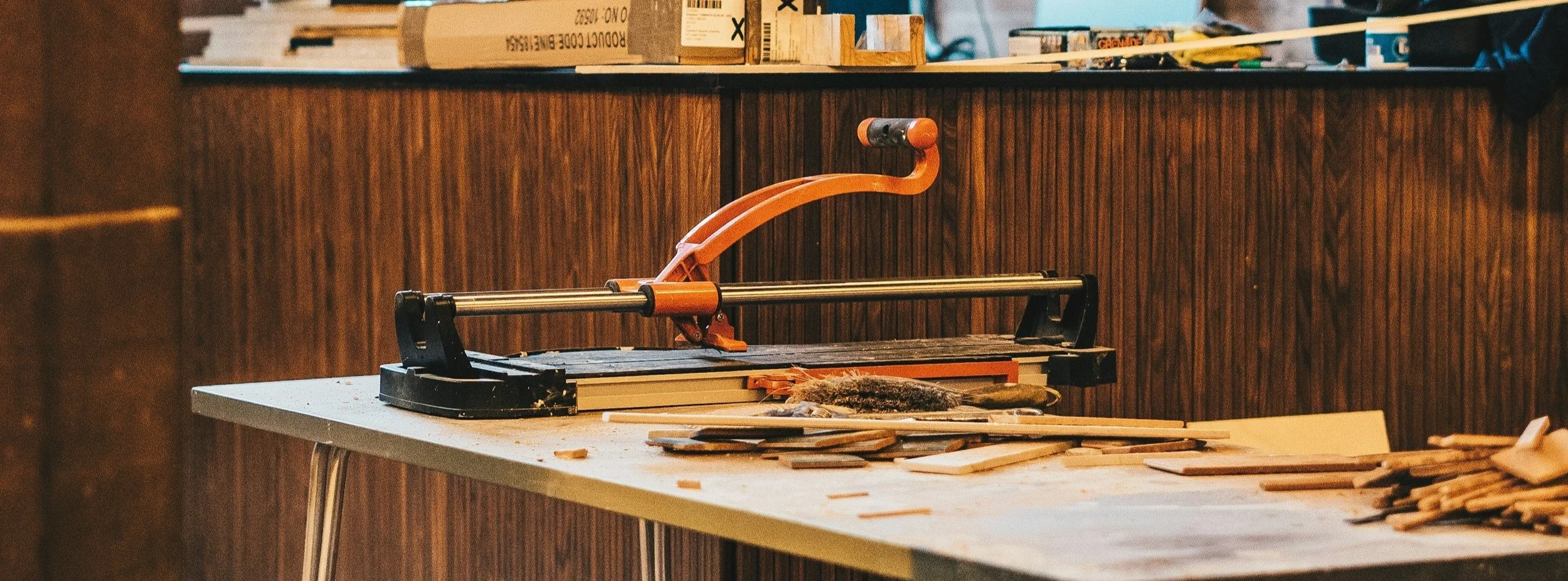Joinery Industry - A sector facing heightened scrutiny.
Written by Kelsey Craver - Regional Development Underwriter - South Island
In the world of timber joinery and cabinetry, risk often hides in plain sight; sawdust accumulation, flammable adhesives, heat-producing machinery, and large quantities of combustible stock.
The local insurance market has begun to tighten its appetite and requirements for joinery operations, especially when it comes to Material Damage and Business Interruption (MDBI) cover.
Joinery workshops and cabinetmaking facilities pose unique challenges for insurers:
High fire load due to timber, MDF, particleboard, and packaging
Dust extraction systems that, if not properly maintained, can become ignition points
Solvents, adhesives, and flammable liquids in regular use
Machinery and electrical equipment running at high temperatures
Off-cut accumulation and poor housekeeping increasing combustibility
One of the clearest trends in today’s insurance landscape is the growing insistence on FENZ-monitored automatic fire detection and suppression systems. Insurers are increasingly demanding:
Monitored smoke or heat detection systems
Fire alarms connected to the Fire and Emergency New Zealand (FENZ) network
Regular maintenance and inspection regimes for extraction systems
Separation of flammable storage areas
Passive fire protection between production and office areas
In the absence of these protections, many insurers are:
Declining risks outright
Imposing high deductibles and low limits
Requiring significant risk improvements prior to renewal
Charging materially higher premiums
While these requirements make sense from a loss prevention perspective, they can leave many joinery businesses, especially smaller operators, struggling to find affordable and suitable cover.
At The Barn Underwriting Agency, we believe in a more balanced and informed approach. Rather than applying blanket exclusions or set criteria, we assess each joinery risk on its individual merits.
That means considering:
The quality and maintenance of dust extraction systems
Housekeeping practices and cleaning schedules
The layout of the facility and compartmentation of risk areas
Existing detection systems (monitored or unmonitored)
Fire suppression investments, such as sprinklers or portable extinguishers
The business’s history, controls, and safety culture
Our underwriting team brings a practical, solutions-focused mindset to the table. We work with brokers and clients to build a solution, highlighting risk improvements, offering guidance through trusted survey partners, and recognising proactive risk management.
GET IN TOUCH
What to know more about The Barn’s specialised products? Get in touch with our team to find out more.
p. 0800 114 982



